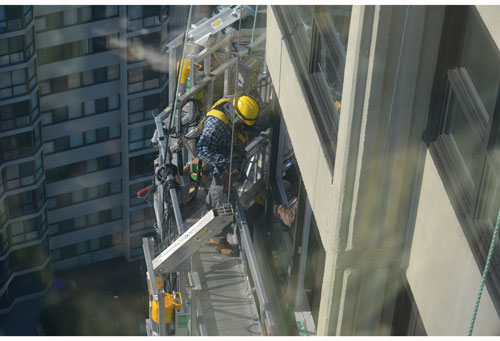1.
|
The board gets a by-law passed allowing them to assume a loan for up to $5 million.
|
|
The board uses the $5 million "line of credit"to
pay off a $300,000 deficit, upgrade the lobby and hallways and repair
or replace everything needed from the fire panel to new windows, from
re-caulking the building envelop to repairing the leaks in the
underground garage. |
2.
|
The money that presently exists in the
Reserve Fund stays there to pay for any unexpected repairs and to make
the Status Certificates look good.
|
3.
|
Money from the monthly fees that would have gone into the Reserves to
pay for this work in installments is used to pay the loan's principal and
interest payments.
|
4.
|
Most of the monthly maintenance fees go into the Operating Fund to keep the lights on and the elevators running.
|
5.
|
To keep the loan payments
affordable with the monthly fees pegged to the rate of inflation, the
loans have been spread out over ten and twenty year amortization
periods. |

